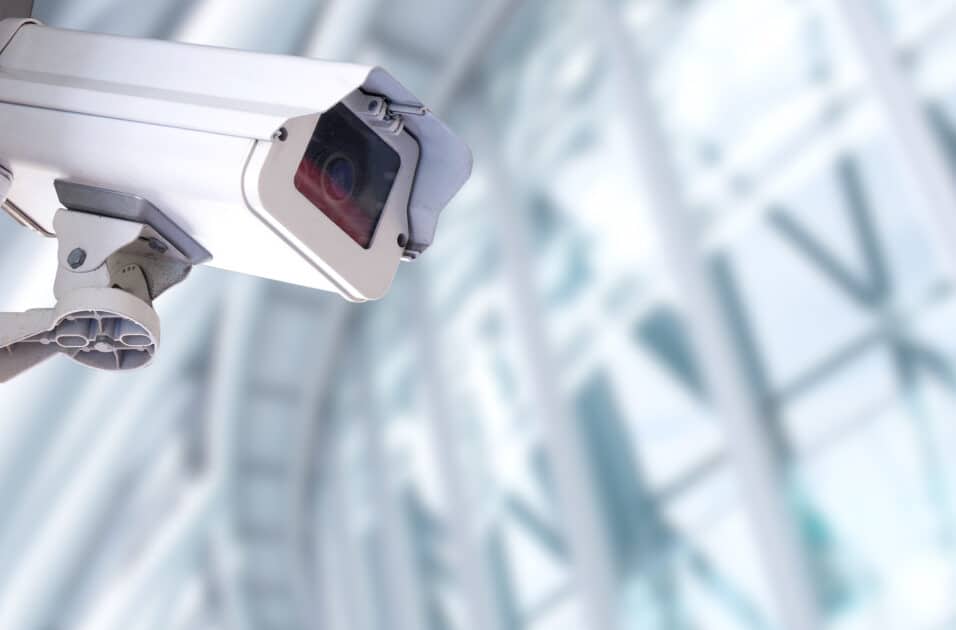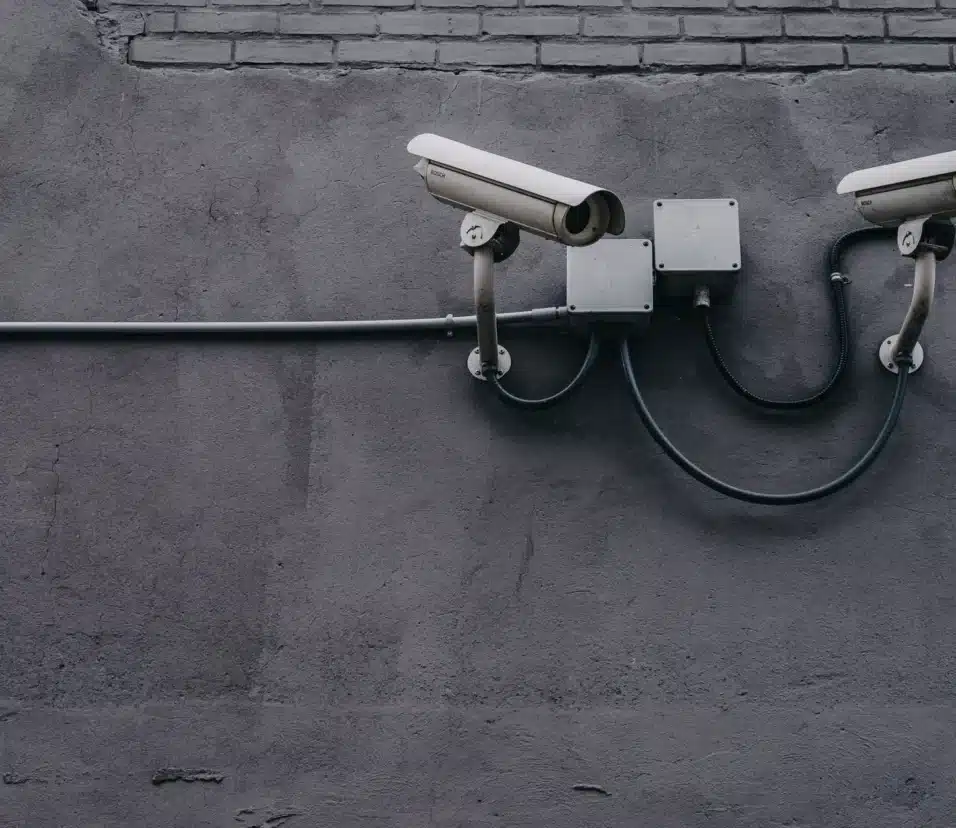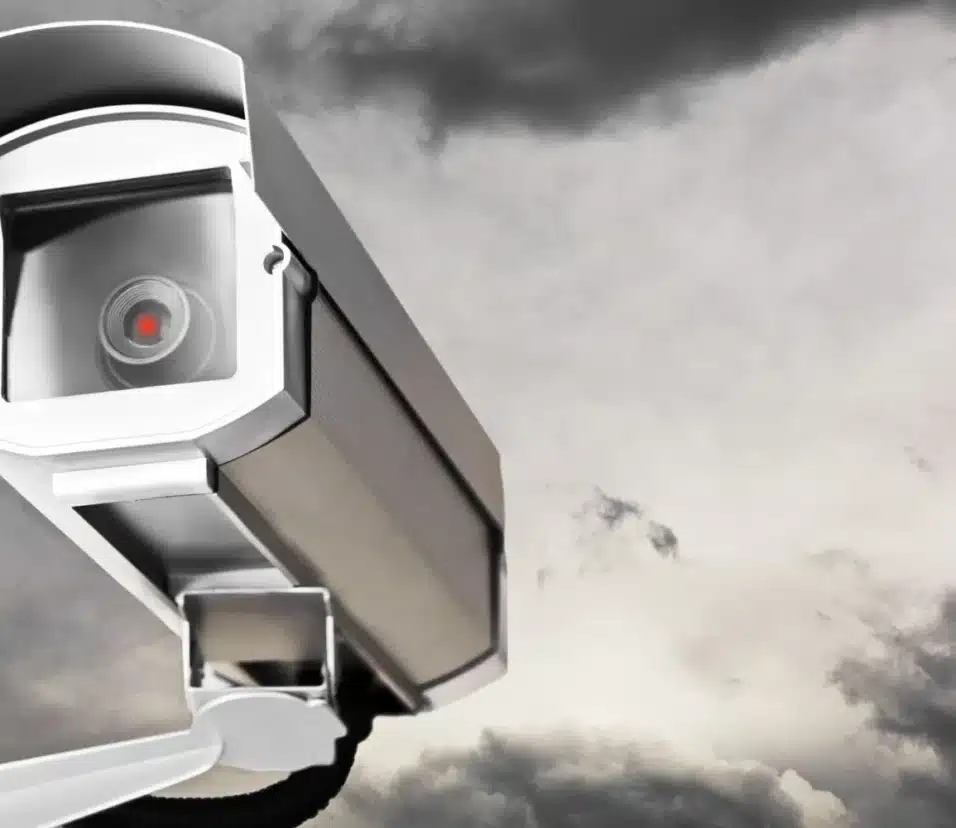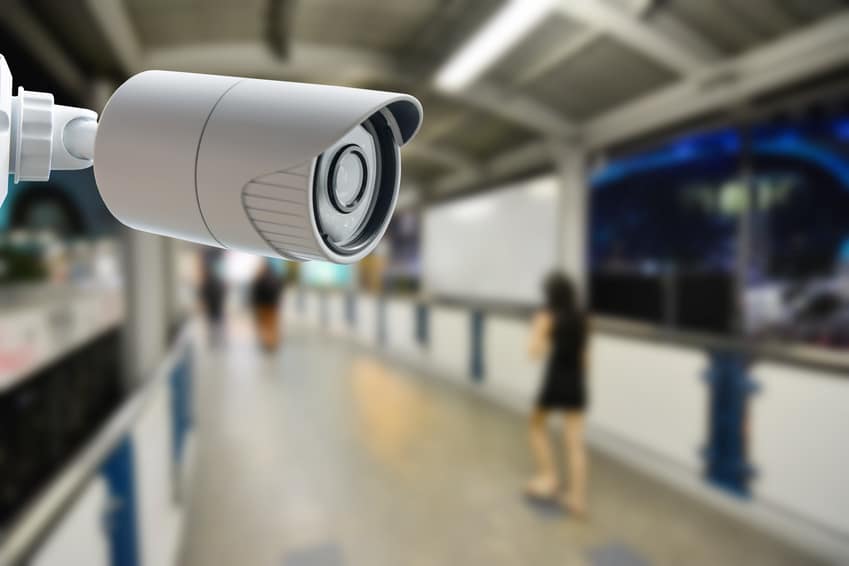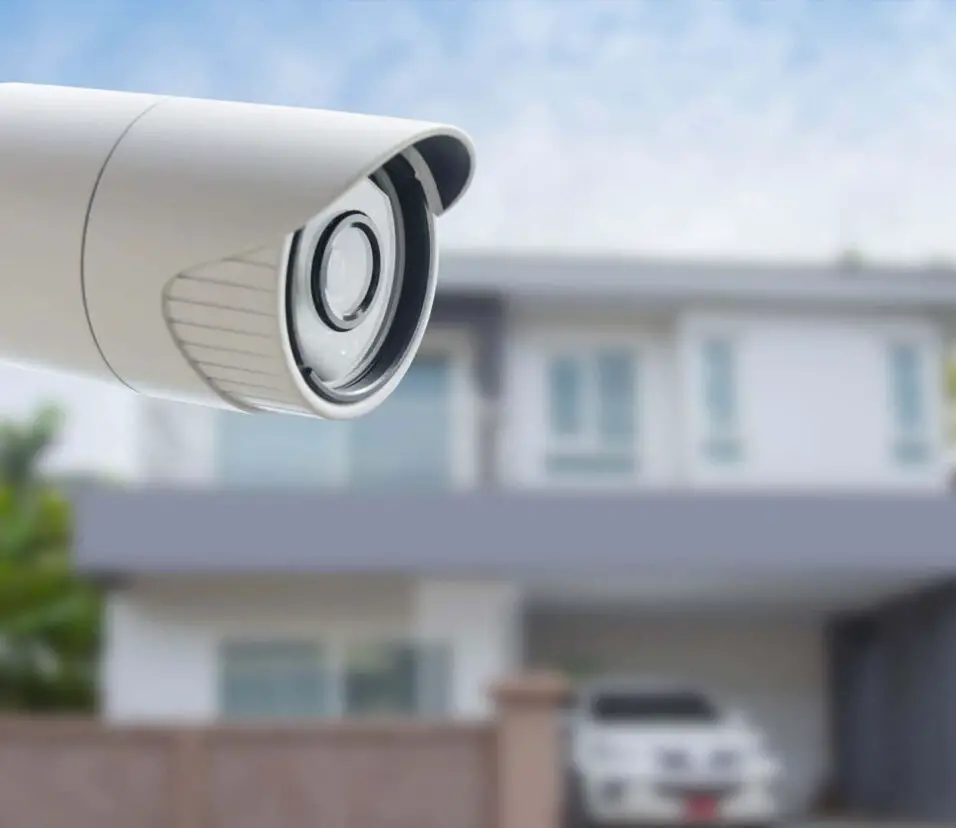What Is CCTV And How Does It Work
Introduction
What Is CCTV And How Does It Work: Closed-Circuit Television, commonly known as CCTV, is a surveillance system that utilizes video cameras to capture and transmit footage of specific areas to a designated set of monitors or recording devices. CCTV has become an integral part of modern security and surveillance solutions, finding applications in various settings such as homes, businesses, public spaces, and critical infrastructure. The technology behind CCTV is designed to enhance safety, monitor activities, deter potential wrongdoings, and provide valuable evidence in the event of incidents.
In an era where security and surveillance have evolved to become essential aspects of our daily lives, Closed-Circuit Television (CCTV) stands as a powerful tool in ensuring safety, enhancing situational awareness, and deterring potential threats. CCTV mean refers to a network of video cameras that operate within a confined circuit, transmitting signals to a limited set of monitors or recording devices. Its ability to capture real-time visual information from various locations has made it a cornerstone of security strategies across residential, commercial, and public environments.
CCTV systems are designed with the primary objective of monitoring and recording activities within their designated areas. By employing advanced camera technology and communication infrastructure, these systems provide an extra layer of protection against unauthorized access, criminal activities, and emergencies. Moreover, the recorded footage serves as crucial evidence during investigations, aiding law enforcement and other authorities in understanding the sequence of events accurately.
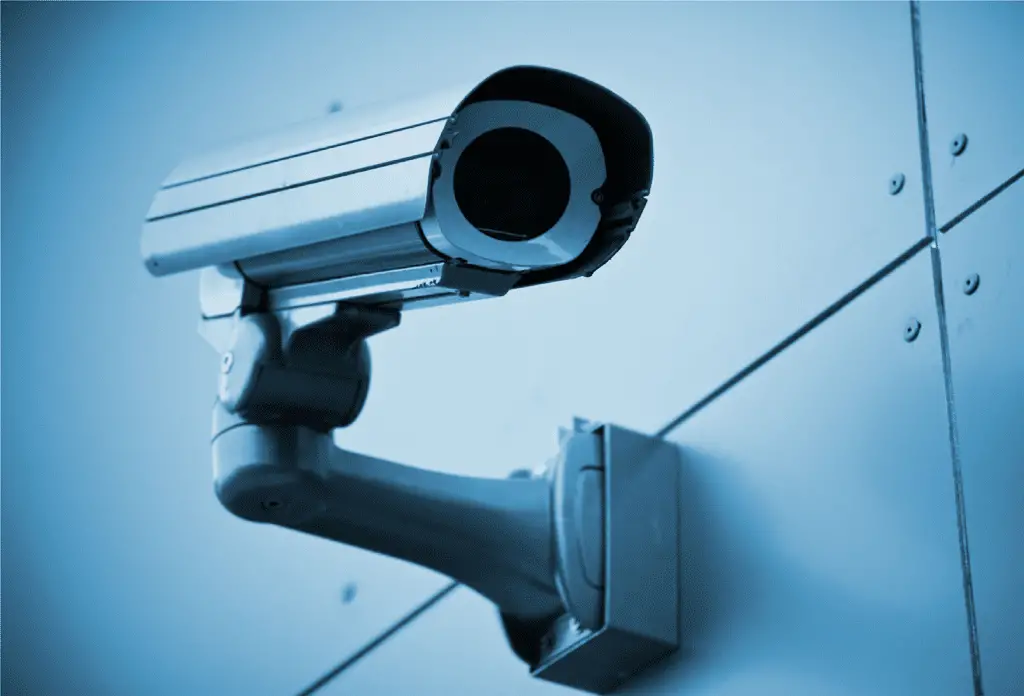
What is CCTV in simple words?
CCTV (closed-circuit television) is a TV system in which signals are not publicly distributed but are monitored, primarily for surveillance and security purposes.
Imagine having special cameras placed in different spots – they could be on walls, ceilings, or even hidden in inconspicuous places. These cameras are like supercharged eyes that can see everything happening around them. They capture pictures and videos of what’s going on.
Now, imagine these cameras sending their pictures and videos to special screens, like your computer or TV, which are connected only to these cameras. This is where the “closed-circuit” part comes in. It’s like having a private show that only you and a few trusted people can watch.
CCTV isn’t just about watching; it’s about keeping things safe. For example, in stores, these cameras help make sure no one takes things without paying for them. In schools, they help keep an eye on the hallways to make sure everyone is safe. They’re like invisible superheroes, working silently to stop trouble.
The cool thing is, CCTV doesn’t forget. It records everything it sees, like a video diary. So, if something unusual happens, you can rewind and watch what really went down. This is super helpful for solving mysteries or understanding things better.
Can CCTV work without internet?
You can operate CCTV cameras without the internet, and what’s great is that they can even work without electricity. An internet connection is only required when the footage needs to be accessed remotely. Although using the internet has its benefits, it is certainly not a necessity.
CCTV cameras don’t necessarily need the internet to function. They operate on their own, capturing images and videos of what’s happening in their surroundings. Instead of sending these images directly to the internet, they can send them to a recording device nearby, like a special computer or storage device. This way, you’re still able to see what’s going on, even if there’s no internet connection.
When CCTV cameras don’t use the internet, they communicate through a closed network. This network is like a private club where only the cameras and the recording device are members. They exchange information within this group, which helps keep everything secure and private.
One of the main purposes of CCTV is to capture what’s happening for later reference. When cameras are offline, they still record everything they see onto the recording device. This is incredibly useful for solving mysteries or understanding situations that might have happened when you weren’t around. So, even if the internet isn’t available, CCTV is still busy doing its job.
What is CCTV definition and purpose?
CCTV means “closed-circuit television” and is commonly known as a video surveillance technology. “Closed-circuit” means broadcasts are limited (closed) to a selected group of monitors, unlike “regular” TV, which can be received and viewed by whoever sets up a reception device.
Crime Prevention and Deterrence: The presence of visible cameras can discourage criminal activities such as theft, vandalism, and unauthorized access. Potential wrongdoers are more likely to reconsider their actions if they know they’re being watched.
Security Monitoring: CCTV is commonly used to monitor sensitive areas, such as banks, airports, and government buildings. Security personnel can keep an eye on different parts of a facility from a centralized location, ensuring quick responses to any potential threats.
Incident Investigation: In the event of an incident, whether it’s a break-in, accident, or dispute, CCTV footage provides valuable evidence. Law enforcement and investigators can analyze recorded footage to understand the sequence of events accurately.
Traffic and Public Safety: Many cities use CCTV to monitor traffic flow, manage congestion, and ensure road safety. In public spaces, such as parks and squares, CCTV helps keep an eye on crowds and identify any potential disturbances.
Remote Monitoring: With advancements in technology, remote access to CCTV feeds is possible through the internet. This enables property owners and managers to keep an eye on their premises even when they’re not physically present.
What is another name for CCTV?
Closed-circuit television (CCTV), also known as video surveillance, is the use of video cameras to transmit a signal to a specific place, on a limited set of monitors.
This term is perhaps the most straightforward alternate name for CCTV. It emphasizes the core function of capturing and monitoring visual data using cameras. “Video surveillance” encompasses both the technology itself and the process of observing the recorded or live footage to maintain security and oversight.
Security cameras directly emphasizes the purpose of CCTV systems – enhancing security. This name underlines the protective aspect of surveillance, indicating that the primary goal is to prevent and deter unauthorized activities and potential threats.
This term highlights the “closed-circuit” aspect of CCTV, where the captured video feed is transmitted within a restricted network. “Closed-circuit monitoring” stresses the private nature of the system, indicating that the footage is not broadcast to the public but rather observed within a controlled environment.
Similar to “security cameras,” “surveillance cameras” emphasizes the act of watching over an area or space. It implies a proactive approach to maintaining safety by keeping a vigilant eye on activities, behaviors, and events.
Can CCTV work in dark?
Yes, most IR CCTV cameras that operate during the night capture images. However, in most cases, the images are captured in black and white. There are a few security cameras that come with monochrome filters and these are useful during the night.
Imagine a world where surveillance doesn’t take a break when the sun goes down. This is where the impressive technology of low-light CCTV comes into play. Yes, CCTV can indeed work in the dark, enabling it to keep a watchful eye on places even when visibility is limited. Let’s delve into how this night-vision magic works and why it’s so crucial for security and surveillance.
Traditional cameras, just like our eyes, struggle to see clearly in the dark. This is because they rely on visible light to capture images. When it’s dark, there’s not enough light available for these cameras to create a clear picture. That’s where low-light CCTV comes in – it’s designed to overcome this challenge.
Low-light CCTV often employs a technology known as infrared (IR) illumination. Infrared light is a type of light that’s not visible to our eyes, but cameras can pick it up. These cameras have special sensors that can detect this hidden light and convert it into visible images.
IR cameras are equipped with small LED lights that emit infrared light. These lights are usually placed around the camera lens and can’t be seen by the human eye. When the camera switches to low-light mode, these IR lights turn on and flood the area with infrared light. This light bounces off objects and comes back to the camera’s sensor, creating a detailed image even in pitch darkness.
What is the benefit of CCTV?
Installing a CCTV system will help you instantly deter criminals and theft. Most intruders look for easy targets where they are no security measures in place. Seeing the familiar look of a CCTV system installed at your business site will discourage them to act as they will not want to be caught on camera.
One of the primary benefits of CCTV is its ability to enhance security in a variety of settings. By monitoring areas in real-time and recording footage, CCTV acts as a deterrent to potential wrongdoers. The mere presence of visible cameras can discourage theft, vandalism, and other criminal activities, making people feel safer and more secure.
CCTV plays a crucial role in preventing and detecting crimes. In the unfortunate event of an incident, recorded footage provides valuable evidence for investigations and helps law enforcement agencies identify perpetrators, reconstruct events, and bring wrongdoers to justice.
CCTV operates around the clock, providing continuous monitoring regardless of the time of day or night. This capability is especially valuable for places that require constant oversight, such as critical infrastructure, transportation hubs, and retail establishments.
Advancements in technology have enabled remote access to CCTV feeds. With internet connectivity, users can monitor their premises in real-time from anywhere using smartphones, tablets, or computers. This is particularly useful for business owners and homeowners who want to stay connected even when they’re not on-site
What type of video is CCTV?
Video Format: HD Analog. HD Formats: AHD, HD-TVI, HDCVI. Analog Format: CVBS (analog CCTV)
Live video feed is the real-time monitoring of an area through CCTV cameras. This type of video allows security personnel, property owners, and managers to observe activities as they happen. It’s particularly useful for responding promptly to unusual or suspicious behaviors.
CCTV cameras continuously capture and record footage, creating a video archive of events over time. This recorded footage is valuable for post-incident analysis, investigations, and understanding the sequence of events accurately. It serves as a reliable source of evidence in case of disputes or legal matters.
Night vision CCTV cameras are equipped with infrared (IR) illuminators that allow them to capture clear images even in low-light or completely dark conditions. Night vision video is essential for maintaining surveillance during nighttime hours when traditional cameras struggle to capture visible light.Some CCTV systems are designed to activate recording only when motion is detected within the camera’s field of view. This feature conserves storage space and makes it easier to identify critical events among hours of recorded footage.
What device is CCTV?
A CCTV camera system makes use of video cameras, also called surveillance cameras to keep track of the interior and exterior of a property, transmit the signal to a monitor or set of monitors, and give real-time 24/7 viewing access.
Cameras are the stars of the CCTV show. They come in different types, including fixed cameras that focus on a specific area and Pan-Tilt-Zoom (PTZ) cameras that can move and zoom in on objects. Cameras capture visual data, converting scenes into electronic signals that can be processed and transmitted.
Lenses determine how much area a camera can cover and the level of detail it can capture. Wide-angle lenses are used for broader views, while zoom lenses allow for focusing on specific objects or areas. The quality of the lens directly influences the clarity and resolution of the captured images.
DVR is the heart of CCTV recording. It’s a device that processes and stores video data from cameras. DVRs come with various storage capacities, allowing them to save hours, days, or even weeks of footage. They’re equipped with software that facilitates playback, searching, and exporting of recorded video.
NVR performs a similar role as DVR, but it’s designed to work with IP (Internet Protocol) cameras. IP cameras send video data over a network, which NVRs receive, process, and store. NVRs are often more versatile and offer advanced features, including remote access and scalability

Conclusion
With its intricate network of cameras, monitors, and recording devices, CCTV systems provide an indispensable means of visual surveillance across a diverse range of environments. Through its ability to capture real-time imagery and record events, CCTV work not only deters potential wrongdoings but also facilitates the rapid response and investigation of incidents when they do occur.
The functionality of CCTV hinges on its seamless integration of components. High-resolution cameras with advanced optics and sensors capture images, which are then transmitted through secure channels to monitors or storage devices. This surveillance technology has found its place not only in security-critical locations but also in everyday settings where enhanced awareness is desirable.
While CCTV undeniably offers numerous advantages, its implementation also raises important ethical considerations surrounding privacy and consent. Striking a balance between security needs and individual rights is a challenge that requires careful navigation. Wide-angle cameras capture a broader view of an area, making them suitable for monitoring large spaces like parking lots, warehouses, or open public areas. They provide a wide perspective that can be useful for tracking overall activities.




